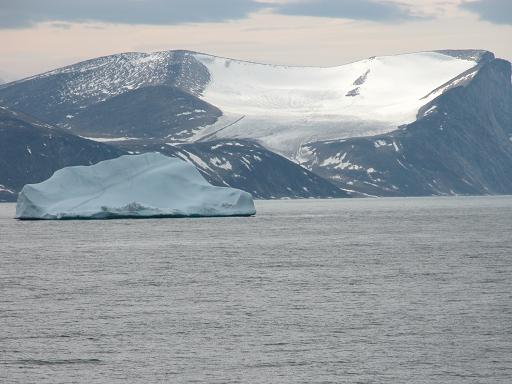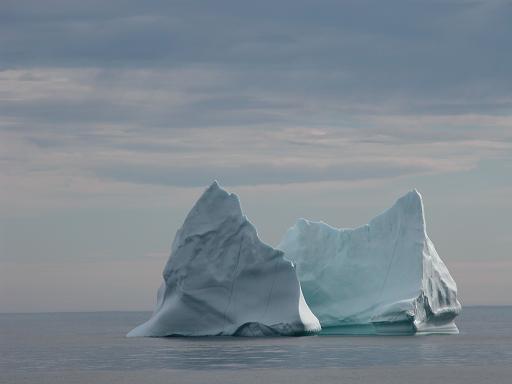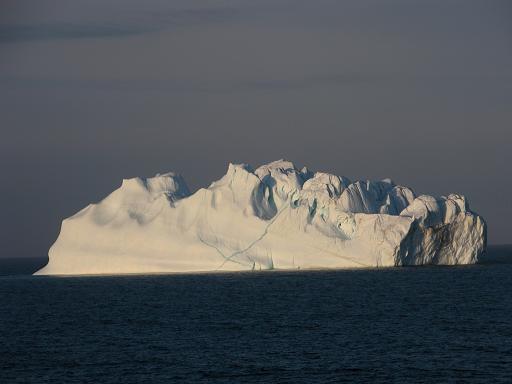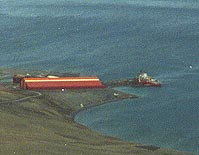|
|
 |
Find out about icebergs
by Gerhard Behrens
| If you read the daily log for August 1, 2003, you already know a little about icebergs. But here is more information for you to enjoy. |

Iceberg types. |

Iceberg draft and sail. |
| They are usually known as bergs, for short.
The area around Baffin Bay is known as Iceberg Alley because there are so many of them. They travel up the west coast of Greenland and down the coasts of Baffin Island on the Baffin Current, and past Labrador, and Newfoundland on the Labrador Current.
Icebergs form when pieces of a glacier break off. That is called calving.
They must be 5 meters (15 feet) above the surface of the water to be considered an iceberg. Ice that is less than 5 meters high is called a bergy bit, which is the size of a house. If it less than 1 meter high, it is called a growler, which is the size of a grand piano.
There are different types, sizes, and names of icebergs. See the charts and pictures below.
Iceberg water is 100% fresh water because they come from glaciers.
In some places around the world, you can buy iceberg water as a way to drink very pure water.
The term iceberg probably comes from the Dutch ijsberg, which means ice hill.
The largest iceberg recorded in North America was found near Baffin Island in 1882. It was over 13 kilometers long (8 miles), 6 kilometers wide (4 miles), and 20 meters above the water. (60 feet).
Iceberg ice cubes will pop in a drink as they let out trapped, compressed gas.
Icebergs melt because of the suns rays, wind and wave erosion, and the warmer ocean waters around them.
80-90% of an iceberg is underwater. The ice above sea level is the sail. The part is part below is the draft.
In the native language of Inuktitut, an iceberg is a piqaluyuq (pick-a-loo-yuk). |
 |
 |
Pictures of iceberg types courtesy of Noetix Research, Inc, Ottawa, Ontario, CA.
Additional iceberg photos courtesy of Scott McAullife. |
 |
 |
|
|





